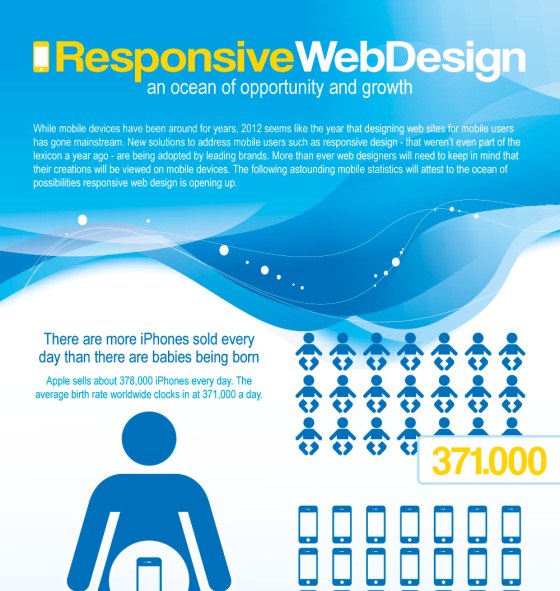Site Design Fundamentals: Tips For Building A User-Friendly Site
Site Design Fundamentals: Tips For Building A User-Friendly Site
Blog Article
Author-Hovmand Neville
When it involves web site layout, making certain user-friendliness is key. From site ada compliance to streamlined navigation, every component plays an essential role in creating a website that deals with your target market's requirements. However what concerning the finer details that can make or break a customer's surfing experience? Keep tuned as we uncover some often-overlooked suggestions that can elevate your site's use to the following degree, making it genuinely attract attention in the digital landscape.
Significance of Responsive Layout
Receptive layout is a crucial element of modern website advancement. Guaranteeing your web site is responsive means that it can adjust to different display dimensions and tools, giving a smooth experience for users.
With the enhancing use smartphones and tablets to access the web, having a responsive style is essential for reaching a broader audience. It helps in boosting customer experience by making your site very easy to browse and keep reading any kind of tool.
Additionally, responsive style can positively affect your online search engine positions, as search engines like Google prioritize mobile-friendly web sites. By having a responsive design, you're also future-proofing your website, as brand-new tools with differing display dimensions continue to arise.
Simplify Navigating Structure
To boost individual experience and assist in very easy accessibility to info on your web site, enhancing the navigation structure is critical. When developing your site, focus on producing a clear and instinctive navigation menu that assists visitors locate what they're seeking swiftly.
Limit the variety of food selection items to the essentials, grouping relevant web pages together to avoid overwhelming customers. Use descriptive tags that clearly indicate the content of each web page, making it simpler for individuals to comprehend where each link will certainly take them.
Think about carrying out dropdown menus for subcategories to stop cluttering the major navigation bar. In addition, consist of a search bar prominently on the page for individuals who like looking for particular details.
Prioritize mobile responsiveness in your navigation design to ensure easy gain access to on all devices.
Enhance Web Page Load Rate
Improving page load speed is vital for preserving site visitors on your site. Slow-loading web pages frustrate customers and can lead to high bounce prices. To maximize page tons rate, beginning by enhancing pictures. Press pictures without endangering top quality to reduce their documents sizes.
In addition, enable browser caching to keep often accessed resources in your area, speeding up tons times for returning site visitors. Read Webpage , JavaScript, and HTML files by removing unnecessary characters, comments, and formatting, boosting tons speed.
Consider utilizing a web content distribution network (CDN) to disperse your website's material throughout several servers worldwide, reducing latency for users accessing your site from various locations. Finally, restrict the use of third-party manuscripts and plugins, as they can substantially influence lots times.
ada website accessibility requirements
In conclusion, by incorporating responsive style, streamlining navigation, and maximizing web page load rate, you can produce an user-friendly site that appeals to a wider target market and boosts customer experience. These essential elements ensure that visitors can quickly gain access to and browse your website across different devices, leading to increased involvement and satisfaction. By concentrating on these vital facets, you can develop a successful internet site that maintains users returning for even more.
